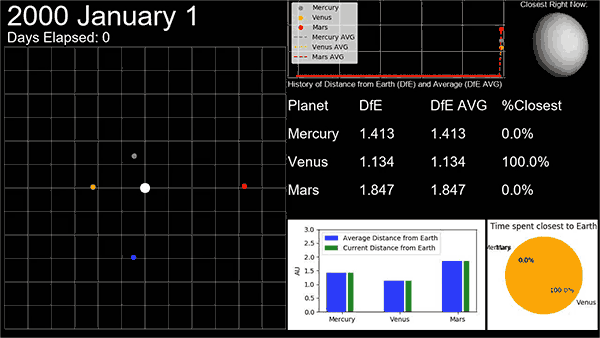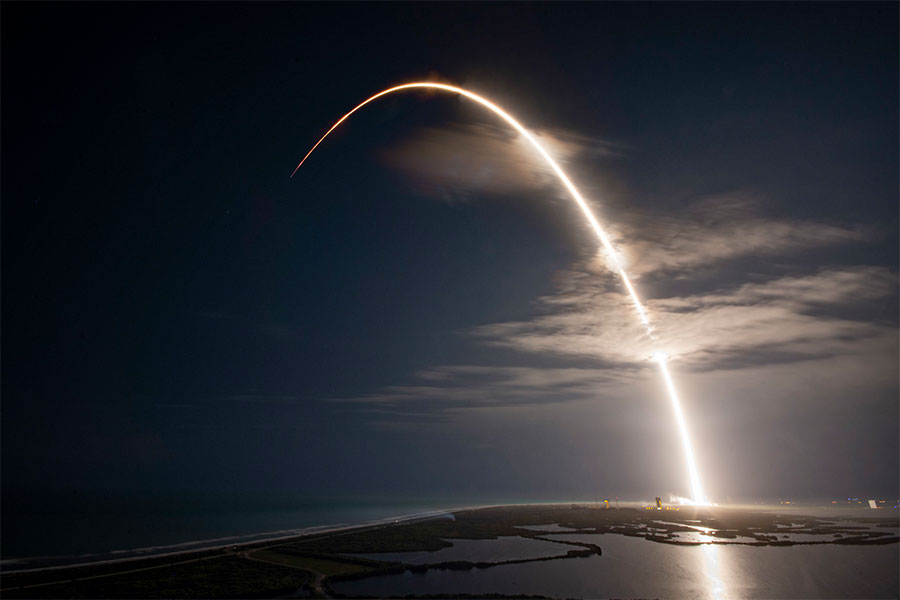
Over this spring break, I came across an intriguing article in National Geographic that illustrated the closeness of space to life on Earth. The authors review a recently published study in the field of marine biology that suggests new insights into the way grey whales migrate. Grey whales have one of the furthest migrations of any animal on Earth, traveling 10,000 miles annually through the Pacific Ocean. Of course, on a journey like this, navigation is paramount.
Still very little is known about grey whale migration mechanisms, however, these researchers have discovered a correlation between solar storms and whale stranding. This means that whales may navigate by orienting around the magnetic field around the Earth. The occurrence of solar storms bombards Earth’s atmosphere with high energy particles and temporarily disrupts the electromagnetic field.
Although the sun is so far away, it still impacts the daily lives of creatures on our planet. Solar flares have allowed us to learn more about grey whale migration and has allowed me to further comprehend the effective closeness of space.









